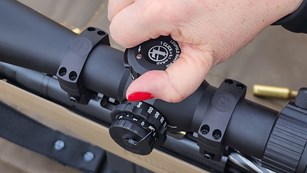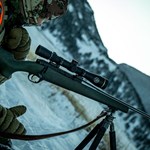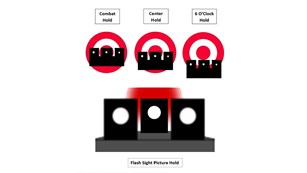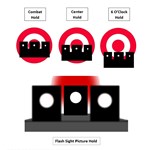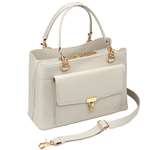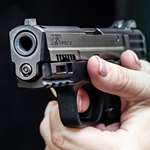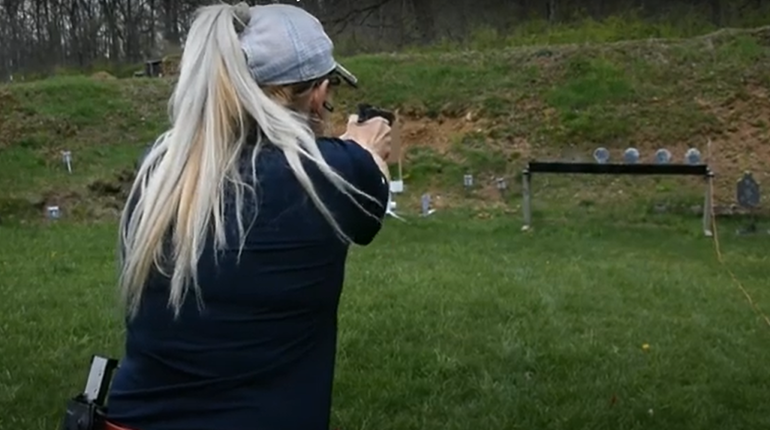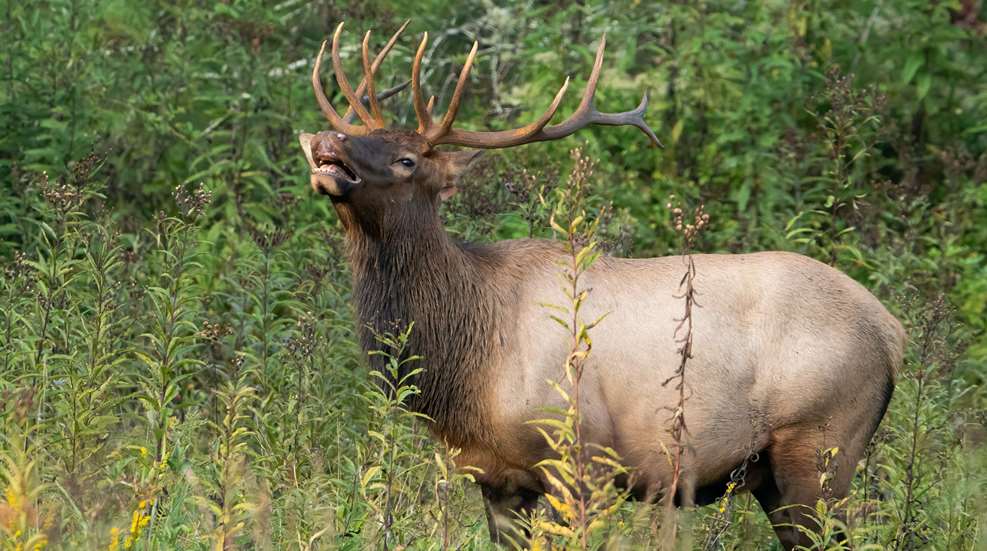
An elk’s mouth is filled with teeth that are just … well, normal teeth. But on the sides of the upper jaw are a pair of unique sort of canine-teeth-looking ivories that aren’t teeth at all. Prized by hunters and often made into jewelry, these ivories—two per elk—actually are real ivory, made of the same material as the tusks of elephants, wild boar and walruses. In fact, some hunters refer to elk ivories as tusks, because that’s what they really are. Or were.

See, no one is exactly sure what purpose the ivories serve. Today, they seem functionally useless as far as we can tell. But it’s believed that they’re actually a holdover from the elk’s ancestors. Back in the distant past, elk ivories extended out of the elk’s mouth as tusks, which scientists speculate the elk used for self-defense, establishing dominance (antlers were smaller then), and rooting for food. Imagine a massive elk walking around with daggers sticking out of its face!
Over time, for reasons no one is sure about, antlers became larger and the tusks became smaller. Most other deer species lost their tusks altogether through evolution, but elk retained theirs as the now-diminutive-by-comparison ivories. Today, elk will curl their top lip and expose their ivories when threatened—a gesture that was probably a lot more intimidating back when the tusks were longer. These days, an elk’s antlers serve the defensive purposes that the tusks used to. Although elk curl their lip for other reasons (related to mating), if an elk shows you his ivories in this sneering manner, go ahead and get out of Dodge—this threat is often followed by a charge.
Both bulls and cows have ivories, although a bull’s are typically larger. Calves are born with “baby ivories” with only the tip exposed or nothing exposed at all; the tusks take several years to fully break through, and then the ivories wear down over time. They don’t touch any other teeth, but they do look much like large teeth, ranging in color from bone white to shades of yellow and brown depending on the elk’s diet.
Once upon a time, hunter speculated that a bull elk made his bugling sound by whistling through their ivories, possibly through holes (cavities?) in the ivory. This led to the ivories being called “whistlers” or “bugler.” Today we know that the ivories have nothing to do with bugling, but the nicknames have stuck around.

In prior centuries, ivories were highly prized by native Americans, trappers and settlers. They were used to decorate clothing and made into jewelry, and although Teddy Roosevelt made it illegal to kill elk just for their ivories and thus curtailed the ivory trade, these unique not-teeth are still considered trophies by modern hunters. They’re commonly made into jewelry—from rustic bead-and-claw necklaces worn by Western guides to elegant gold and silver bracelets, pendants, rings and earrings for women. If you have any elk ivories sitting in a drawer collecting dust, hop online and you’ll easily find a number of jewelers who specialize in turning your trophies into one-of-a-kind showpieces.
So the difference between elk teeth and elk ivories is night and day. Elk have normal bottom teeth and molars on the top and bottom, but no top front teeth—only their set of ivories, which are where you’d expect to find canine teeth. Vestiges of a bygone era, the ivories are essentially leftover tusks from the elk’s ancient ancestors. While they serve no real purpose that we know of today, they’re prized as trophies from a memorable hunt.


